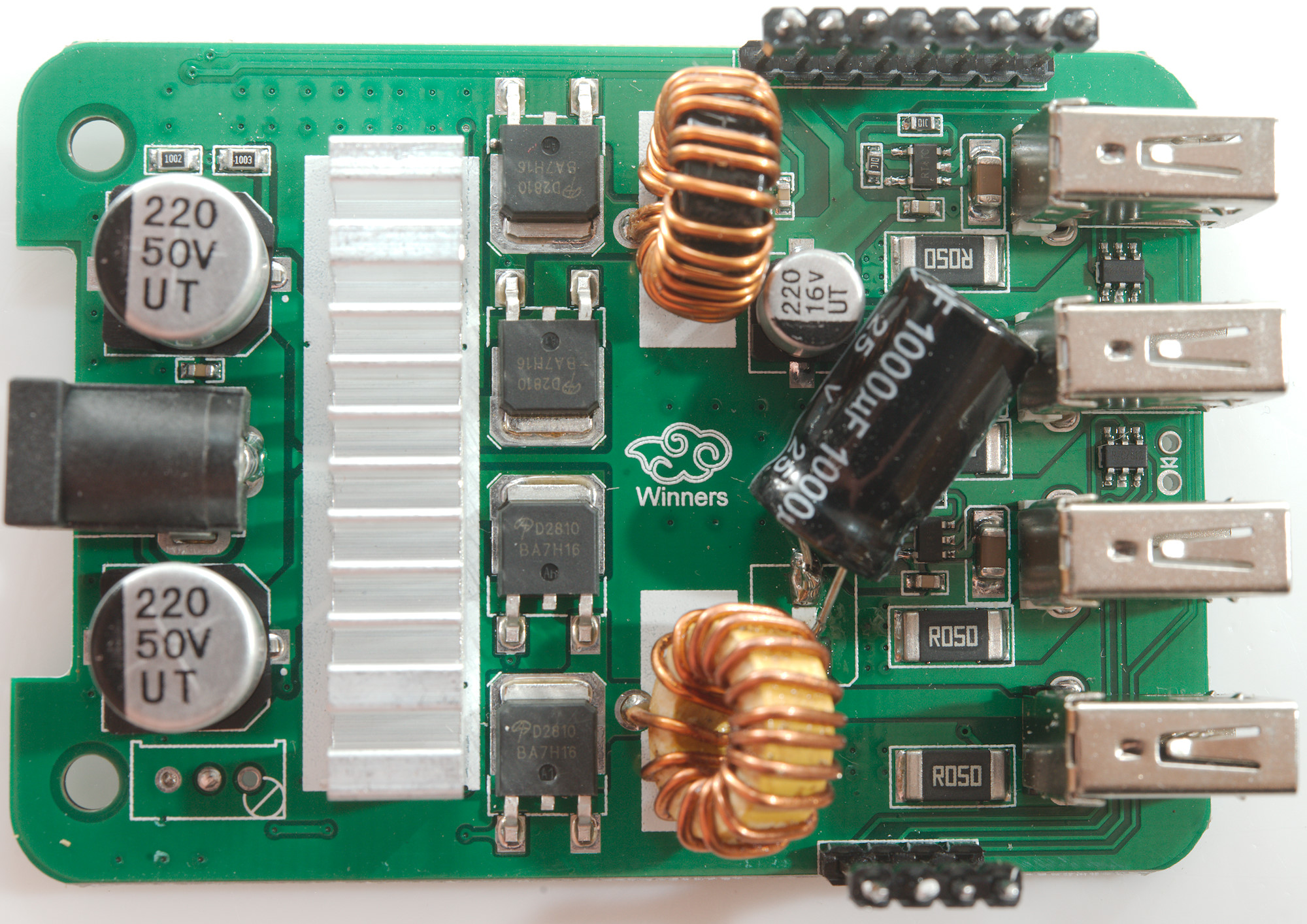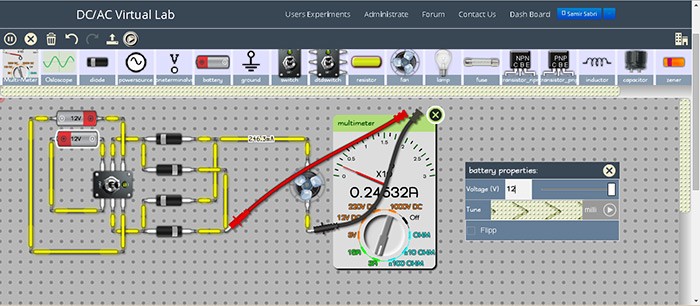

They also need real, hands-on practice building circuits and using test equipment. Students don’t just need mathematical practice. While this approach makes students proficient in circuit theory, it fails to fully educate them. To this end, instructors usually provide their students with lots of practice problems to work through, and provide answers for students to check their work against. It has been my experience that students require much practice with circuit analysis to become proficient. This way, you won’t have to measure any component’s value more than once.

Another time-saving technique is to re-use the same components in a variety of different circuit configurations. One way you can save time and reduce the possibility of error is to begin with a very simple circuit and incrementally add components to increase its complexity after each analysis, rather than building a whole new circuit for each practice problem. If TTL, the power supply must be a 5-volt regulated supply, adjusted to a value as close to 5.0 volts DC as possible. If there are any errors, carefully check your circuit’s construction against the diagram, then carefully re-analyze the circuit and re-measure.Īlways be sure that the power supply voltage levels are within specification for the logic circuits you plan to use.Carefully measure those logic states, to verify the accuracy of your analysis.Analyze the circuit, determining all output logic states for given input conditions.Check the accuracy of the circuit’s construction, following each wire to each connection point, and verifying these elements one-by-one on the diagram.Carefully build this circuit on a breadboard or other convenient medium.Draw the schematic diagram for the digital circuit to be analyzed.For successful circuit-building exercises, follow these steps: You will learn much more by actually building and analyzing real circuits, letting your test equipment provide the “answers” instead of a book or another person. While this is good, there is a much better way. Typically, students practice by working through lots of sample problems and checking their answers against those provided by the textbook or the instructor. Learning to analyze digital circuits requires much study and practice. Then, recommend a solution for your customer. To the best of your ability, determine why your company’s flagship encoder circuit sometimes produces false codes in this application.
#CIRCUIT CODER TEST 3 CODE#
They would have rather used a separate LED for each “trouble” sensor, but the display panel was too small to accommodate fifteen LEDs, so they decided to use four LEDs and an encoder, having their technicians interpret a binary code to determine which of the fifteen sensors is activating. Each input of the encoder is connected to a different sensor on the machine (low oil pressure switch, high temperature switch, out-of-limit travel switches, etc.), and then the encoder outputs drive a four-LED display for maintenance technicians to view. He tells you it is used as part of a fault diagnostic circuit for an important piece of machinery. You then telephone the customer and ask him how he is using the encoder. Perhaps the problem is in how the customer is using it. After sending it back to your workshop for warranty repair, you determine there is nothing wrong with the encoder circuit itself: it always outputs the correct codes when you energize the appropriate inputs. However, your first customer has a complaint with your encoder circuit.

”Our encoder circuits are more reliable because there′s less to break.”Īfter months of hard work, you unveil your latest masterpiece, the 16-line to 4-line encoder: After agreeing on a policy of truth in advertising, your board of directors drafts this slogan:
#CIRCUIT CODER TEST 3 HOW TO#
Having learned how to build simple encoder circuits using diode networks, you set out to form your own encoder manufacturing company: Encoders, Inc.


 0 kommentar(er)
0 kommentar(er)
